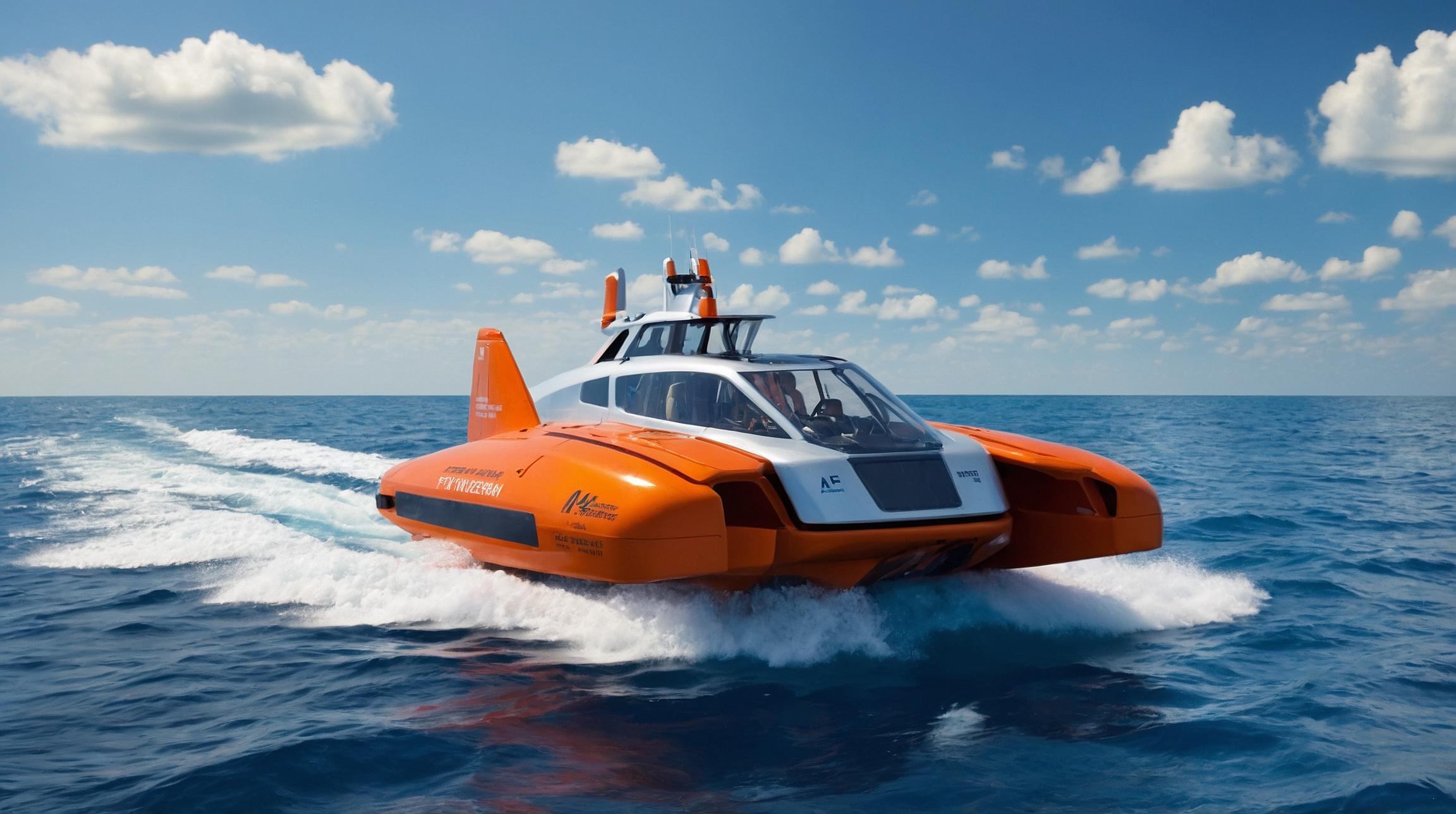Understanding Hypoxia Mapping in the Gulf of Mexico
Hypoxia, often referred to as "dead zones," represents areas in water bodies where oxygen levels are extremely low, making it difficult for marine life to survive. These zones are a direct result of pollution and climate change, causing significant disruption to marine ecosystems.
Introducing SeaTrac and USM's Pioneering Effort
A groundbreaking collaboration between the University of Southern Mississippi (USM) and SeaTrac, a leading blue-technology company, aims to tackle this environmental challenge. They are testing an uncrewed vehicle—a type of autonomous robot—to map and analyze hypoxia in the Gulf of Mexico. This vehicle is equipped with advanced sensors that collect data on water temperature, salinity, and oxygen levels, offering a detailed understanding of these dead zones.
How Uncrewed Vehicles Operate
These vehicles are akin to drones, but instead of flying in the air, they navigate the waters autonomously. They are controlled remotely and are equipped with GPS and various scientific instruments. This technology allows researchers to gather continuous, real-time data across vast and previously inaccessible areas of the ocean, enhancing our understanding of environmental conditions.
Benefits and Impact on Marine Research
The use of uncrewed vehicles for hypoxia mapping provides several benefits. Firstly, it reduces the need for manned missions, which can be costly and dangerous. Secondly, the data collected can help scientists identify the root causes of hypoxia, enabling more effective solutions to be developed. Finally, understanding these patterns is crucial for the protection of marine biodiversity and the development of policies to mitigate pollution and climate change impacts.
Future Implications for Marine Technology
The success of this initiative could pave the way for broader applications of uncrewed vehicles in marine research. By improving our ability to monitor ocean health, these technological advancements could play a crucial role in combating environmental issues on a global scale.
Overall, the collaboration between USM and SeaTrac demonstrates how innovative technology can aid in solving pressing environmental challenges, providing a model for future efforts in marine conservation and research.













